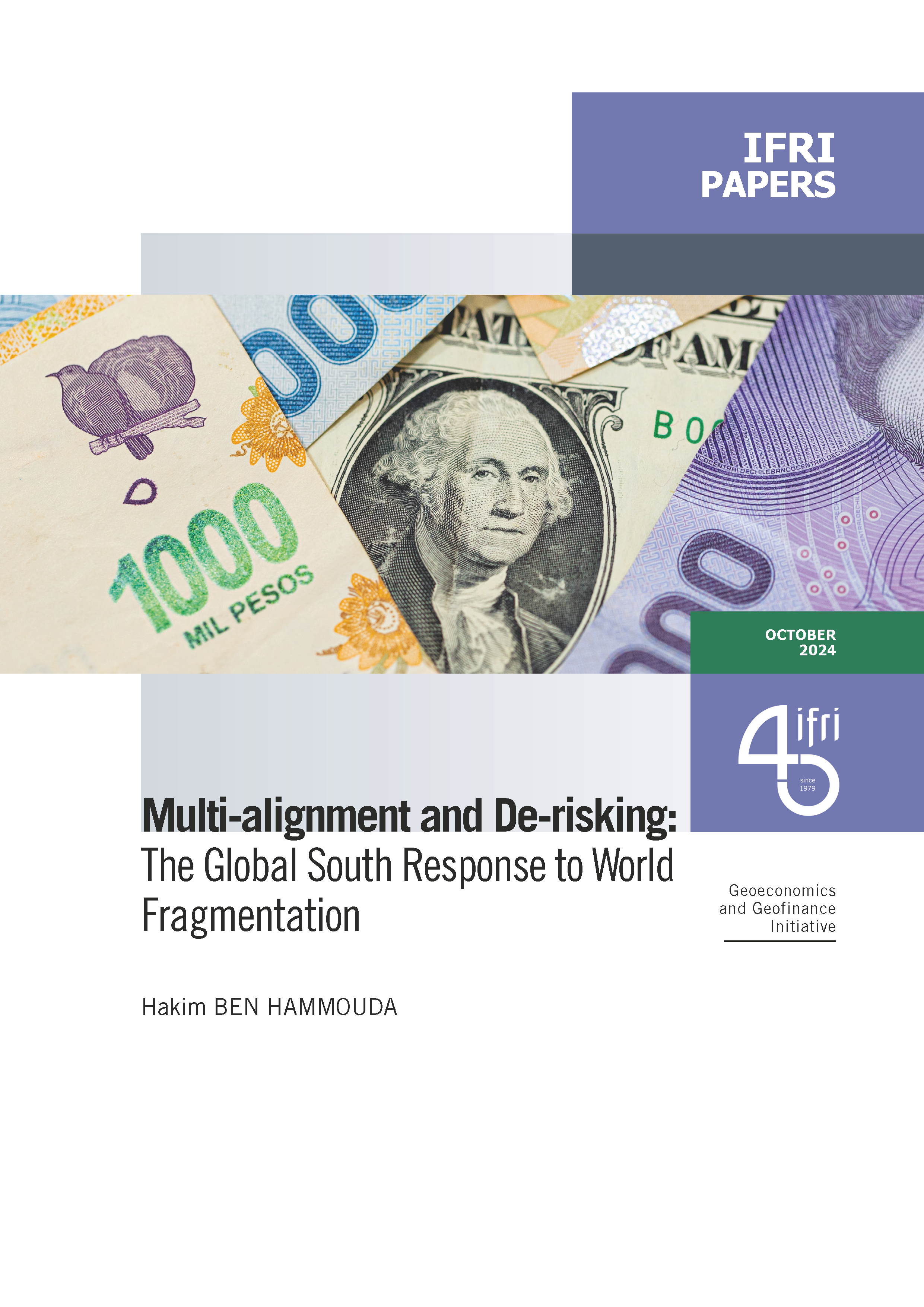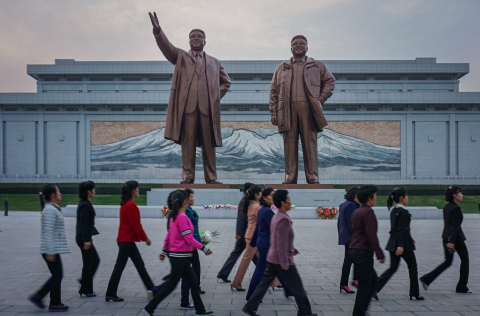1935-1975, a Century of Demographic Changes
Buy the article on CAIRN websiteAbstract
From 1935 to 1970, sanitary revolution and economic progress produced a real demographic boom. The reversal of this trend was very fast, occurring as early as the 1950s, mainly in Third World countries. This may be the sign of a possible “second demographic transition.” The decline of fecundity is general and the inversion of the population pyramid foretells a universal aging, probably implying major economic, social, and political problems.Jean-Claude Chasteland has been working at the Institut national d’études démographiques (INED) and at the United Nations Organzation, where he serves from 1963 to 1991, as Head of Population Division too. He specializes himself in the problems of the Third World population.
Jean-Claude Chesnais, has a PhD in Demography and in Economics. He is Lecturer at the École nationale d’administration (ENA) and at the Ecole polytechnique. Specialist of migrations issues, his works belong to History and to Sociology. Since 1985, he is Head of researchs at the INED.










